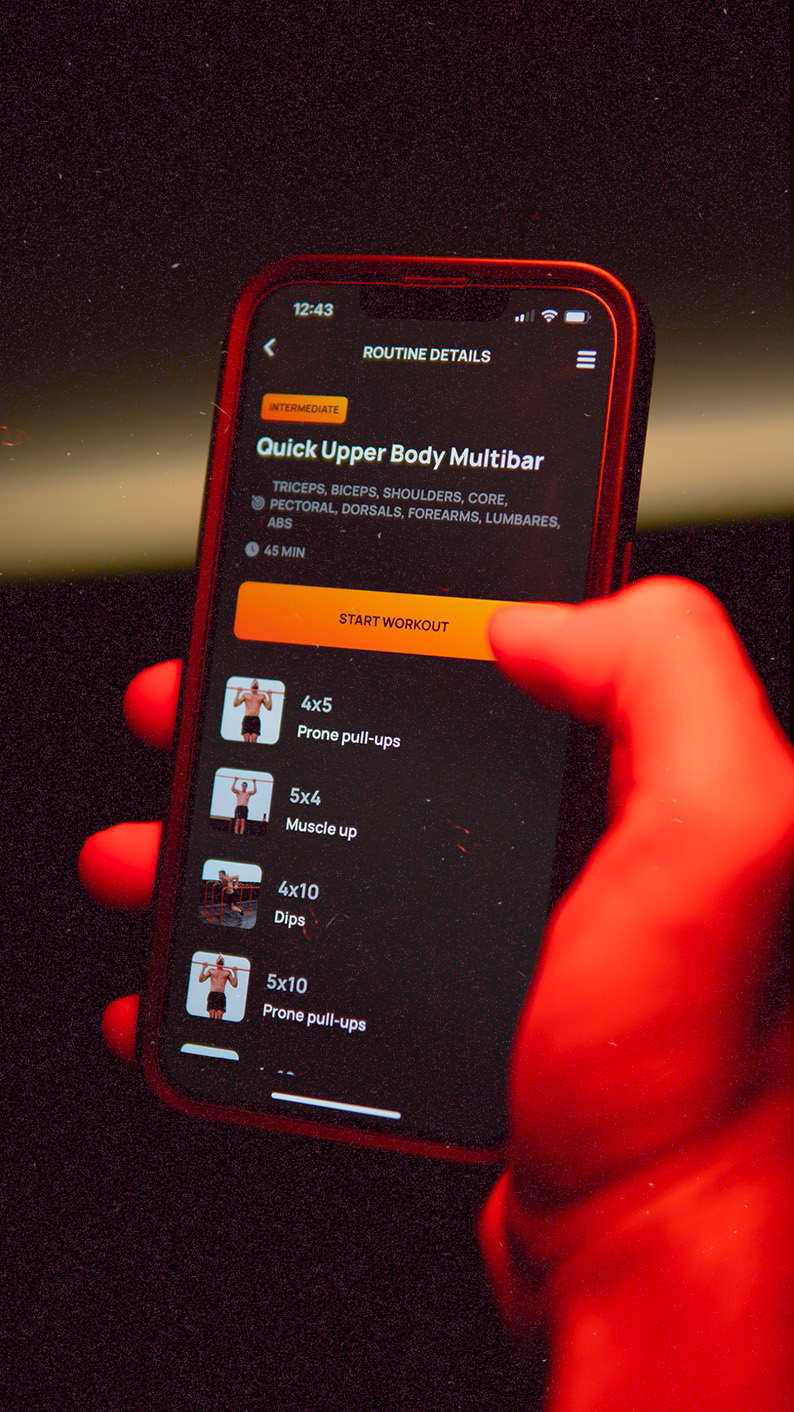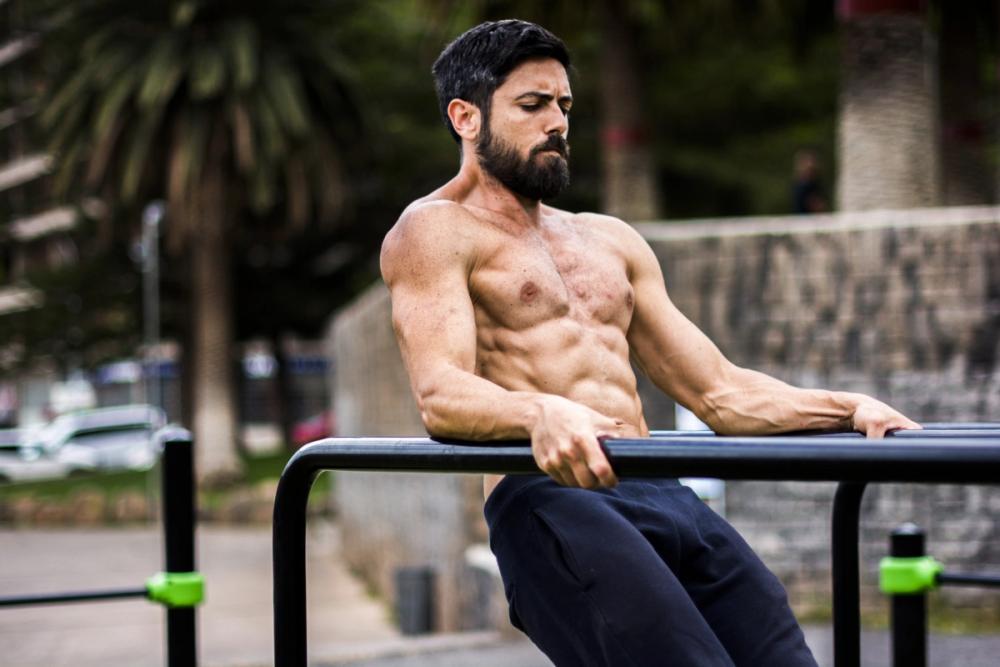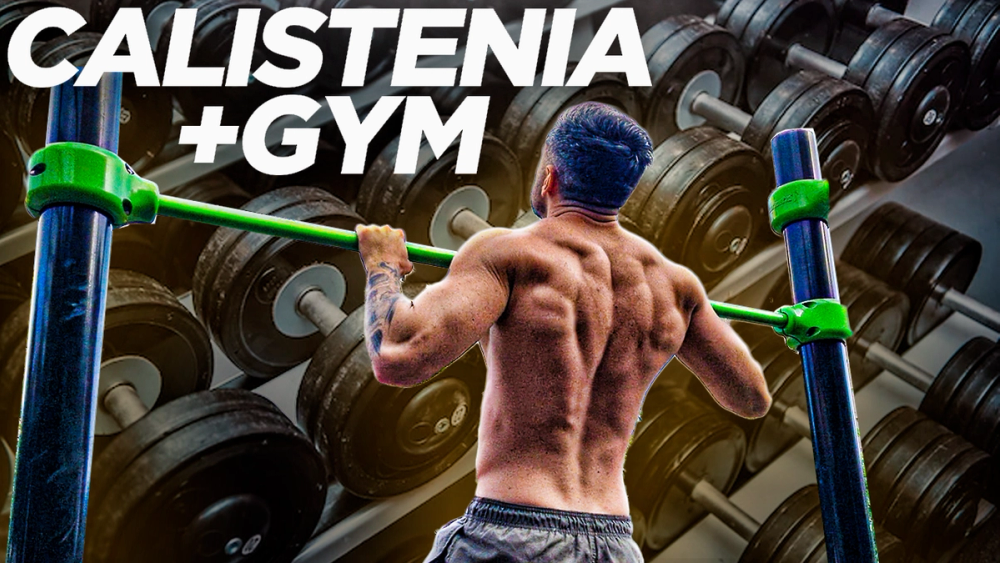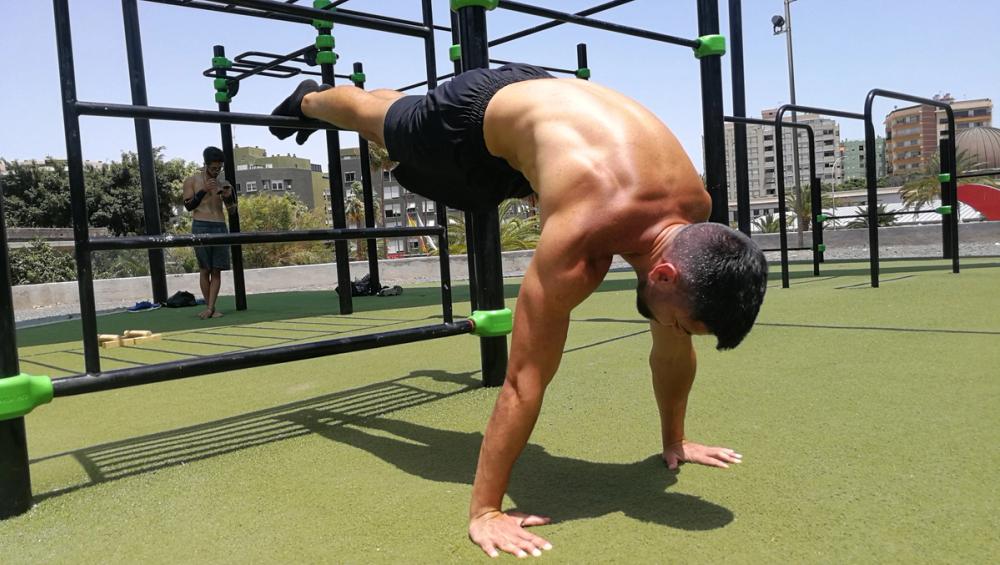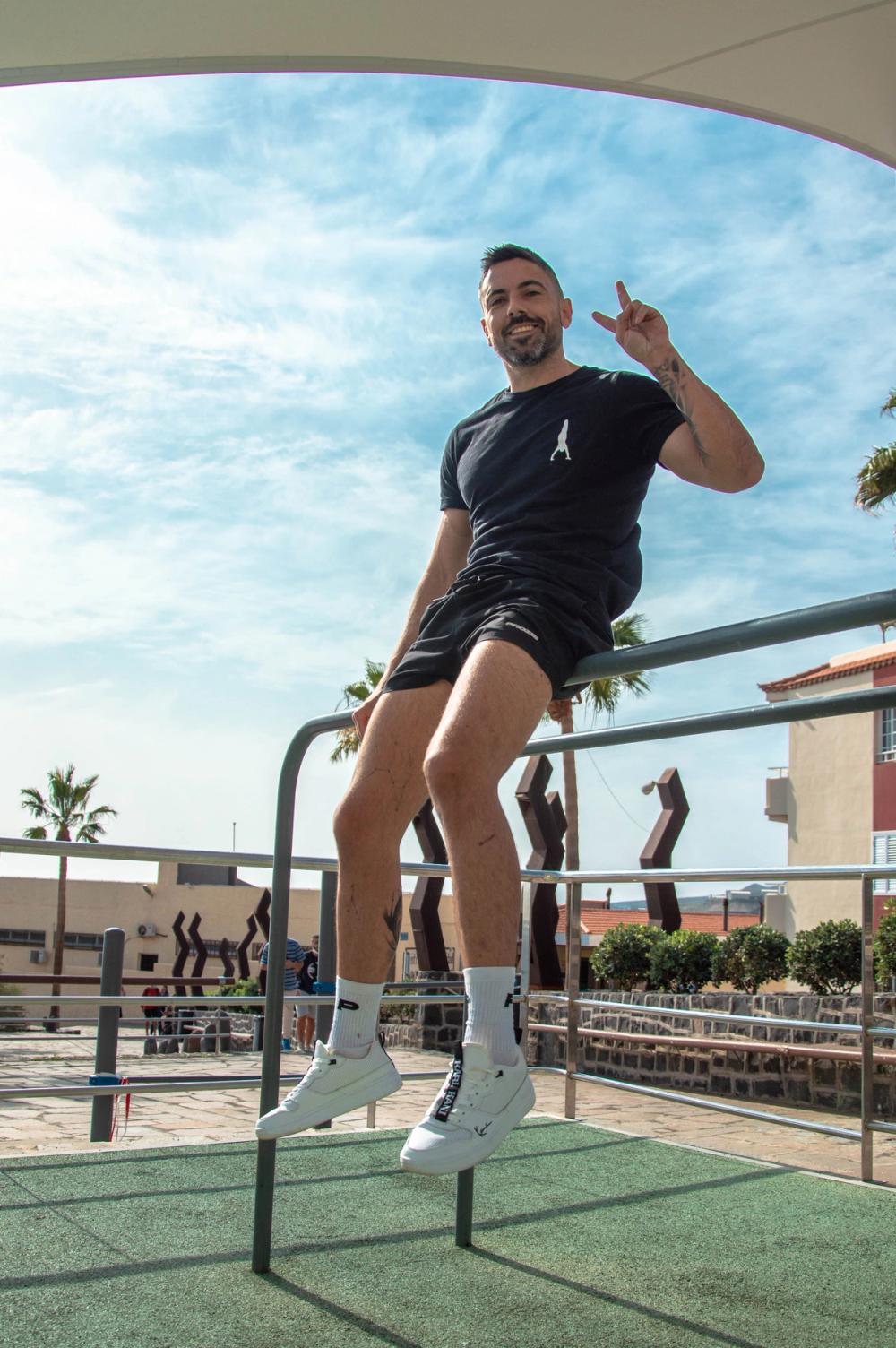
How does your body weight affect your pull ups: real data analysis
We recently theorized abouthow body weight could affect the ability to do pull-ups. Both for a single pull-up or doing sets of many repetitions. We were commenting on the issue ofpeople who use being bigger or heavier as an excuse to do fewer pull-ups, and we explained that actuallyin Weighted Calisthenics or Streetlifting competitions those who lift the most weight in pull-ups are those in the heaviest categories, specifically on the -87 kg category the -94 kg. and the +94 kg categories If we go to specific examples we have the Spanish Pere Coll, capable of lifting 116.25 kilos with a body weight of around 87 kg. Miguel Street Lifter capable of lifting more than 100 kg. weighing about 95 kg. or the Ecuadorian Xavier Overbar, who lifted 106.25 kg. weighing 91 kg. I think here we can see that,at the very least, the heaviest athletes do not have as great a handicap, as could happen in other modalities or sports, where heavyweights would have no chance against light weights. Several of you told me a detail to take into account, and that is thatin terms of relative weight, there is a clear difference. For example, for a 95 kilo athlete, lifting 100 kg. involves lifting 105% of his body weight. While for a 70 kg athlete lifting 100 kg. involves lifting 140% of his body weight. This would seem to indicate that, in a fictional world where light athletes lifted the same as heavy athletes, lighter athletes would have a great advantage when working only with their body weight, since it would represent a much higher percentage of their true capacity. . But the point is that in real life, as you can already guess, light athletes do not lift the same as heavy athletes, andit would be necessary to carefully analyze how the numbers and percentages vary.Therefore I give you the good news that I have taken the trouble to obtain real data from the world Street Lifting championship, analyze it and interpret it so that we can solve this mystery of pull-ups and body weight. Lets go for it.








